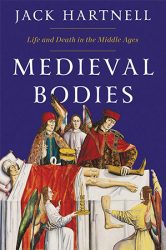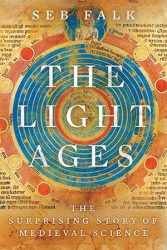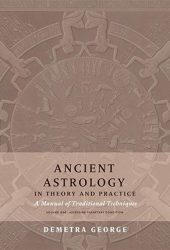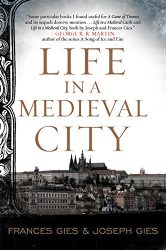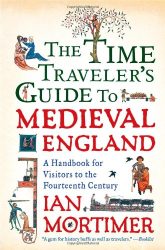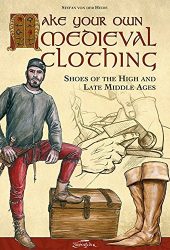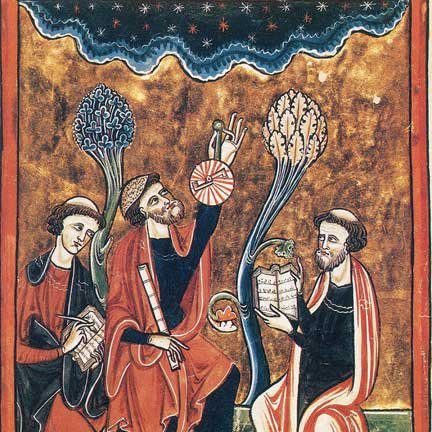
Many medieval Astrologers were highly respected scholars who believed that the stars’ movements influenced numerous things on earth, such as the weather and the growth of crops, and even the human body’s inner workings.
Learned astrologers had to be experts in mathematics, astronomy, philosophy, and often medicine. For example, it was common for doctors actually to consult star chart calendars before making a diagnosis.
Astrology originated in antiquity, with the Babylonians developing their own form of horoscopes around 2,400 years ago.
History of Astrologers
Early evidence from bones markings and cave walls shows that lunar cycles were noted as early as 25,000 years ago. With the advent of the Neolithic agricultural revolution, the changes in the skies depending on the seasons accompanied an increasing knowledge of constellations, which allowed the rising of particular star-groups to herald annual floods or seasonal activities.
Celestial divination is generally reported to begin with late Old Babylonian texts and then spreading to the eastern Mediterranean to become popular in Egypt and Greece. The conquest of Asia by Alexander the Great exposed the Greeks to the cultures and cosmological ideas of Syria, Babylon, Persia, and central Asia.
Astrology’s development in Europe was then primarily advanced by individuals working within the Islamic Empire from the 7th to 13th centuries and transmitted back to Europe around the 11th century. The planets were a visible manifestation of the gods, and priests were usually their interpreters.
In Britain, King Alfred the Great had translated Boethius’s works, a 6th-century consul in Rome. His book “The Consolation of Philosophy” argued that the planets’ movements derived from the immortal will of Providence and that ‘the celestial movement of the stars’ translated that will into earthly events. This meant that the astrological theory could be applied to absolutely every facet of human life.
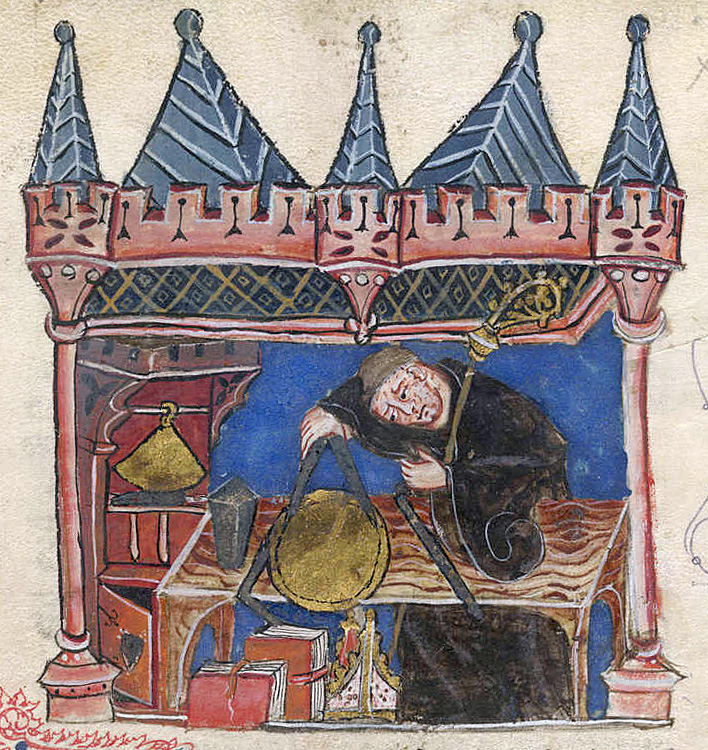
Astronomy and Medicine
Medical practitioners regarded different signs of the zodiac and planets as having governance over different parts of the body, which meant they could control different diseases and affect the usefulness of different drugs and treatments. Bleeding, for example, was considered most effective when the moon was in a particular constellation.
Medical practitioners from the Middle Ages saw the solar system is made up of seven planets, including the sun and moon (as well as Mercury, Venus, Mars, Jupiter, and Saturn., which could be seen with the naked eye).
The planets were closely linked to body parts and diseases. For example:
- Sun: Heart, spine disorders, diseases of expansion, and excess.
- Moon: Ovaries; menstrual and mammary complaints, and fluid retention.
- Mercury: Brain, nerves, tremors, neuroses, and insanity.
- Venus: Kidneys, digestive system, reproduction system, urinary problems, and digestive disorders.
- Mars: Arteries, muscles, reproduction system, teeth, nails, and hair; cuts, injuries, bruises, and inflammations.
- Jupiter: Liver, liver disorders, diseases of expansion, and excess.
- Saturn: Veins, skin, bones, and skeleton; diseases of decline, collapse, wasting, blockages, and poisoning.
Mars rules the features that characterize the diseases or organs resonate with the features of the planets which rule them – for example, redness and heat.
These underlying logical patterns were also used in treatments, where the shape, color, taste, and texture of the herbs and ingredients were believed to determine their medicinal virtues. Yellow flowering plants were used for liver complaints, while red and peppery herbs were considered good for fevers and hemorrhages. This was often referred to as the “doctrine of correspondences,” a system that assumed that the Almighty had inscribed in the plants of the earth secret signs and features that could be interpreted by Man.

Books about Medieval Life
More Medieval Occupations

Medieval Minstrel
Medieval minstrels sang, played musical instruments, and told engaging stories. Here’s what life was like for a minstrel in the Middle Ages.
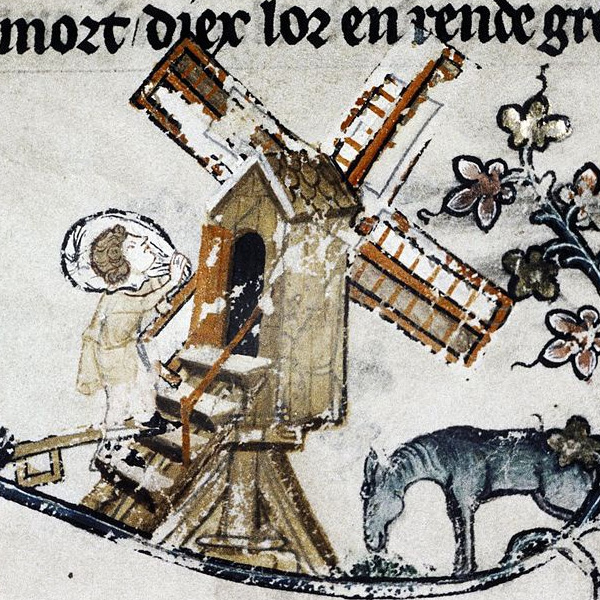
Medieval Miller
Millers were some of the most important tradesmen in the Middle Ages. Learn more about this medieval profession and how millers lived.
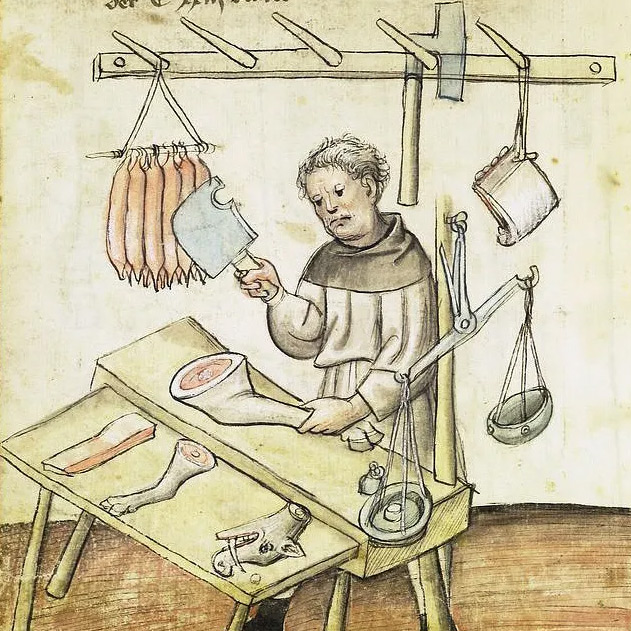
Medieval Butcher
Middle Ages butchers prepared meat, fish, and fowl for the people in a castle or a city. They sometimes had stalls in a marketplace.
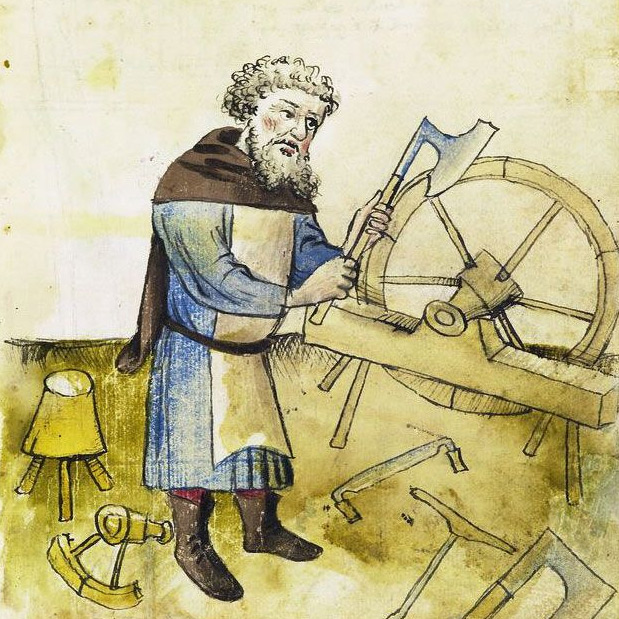
Medieval Wheelwright
Medieval candlemakers made candles from materials such as fat, tallow and beeswax.

Medieval Shoemaker
Medieval candlemakers made candles from materials such as fat, tallow and beeswax.
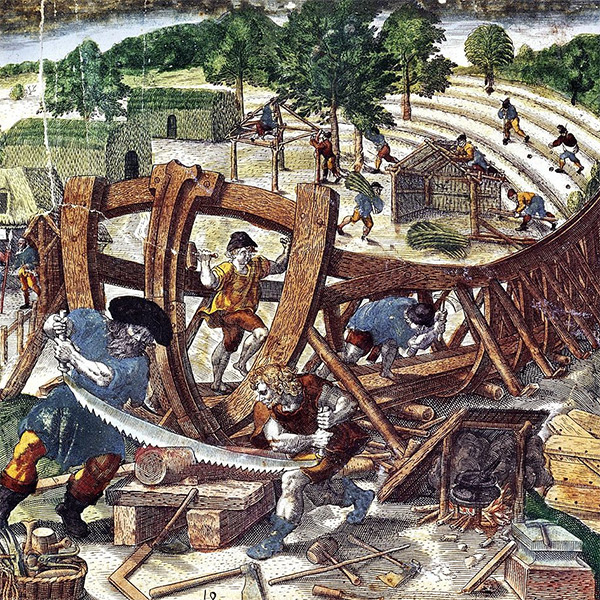
Medieval Shipwrights and Shipmaking
Being a sailor in the middle ages meant living a lonely and difficult life, as they would often set sail for months or even a year at a time.

